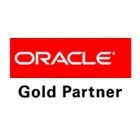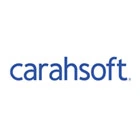Our Blogs
Main point: Retains some friendly properties of SQL. (Query, index)

Key Features Of Mongo DB:
- Master/slave replication (auto failover with replica sets)
- Sharding built-in Queries are javascript expressions
- Run arbitrary javascript functions server-side
- Better update-in-place than CouchDB
- Uses memory mapped files for data storage
- Performance over features
- Journaling (with –journal) is best turned on
- On 32bit systems, limited to ~2.5Gb
- Text search integrated
- GridFS to store big data + metadata (not actually an FS)
- Has geospatial indexing
- Data center aware



Best used: If you need dynamic queries. If you prefer to define indexes, not map/reduce functions. If you need good performance on a big DB. If you wanted CouchDB, but your data changes too much, filling up disks.
Examples: For most things that you would do with MySQL or PostgreSQL, but having predefined columns really holds you back.
Regards,
Alok

 +1-480-382-1320
+1-480-382-1320 +44-7428758945
+44-7428758945 +61-1300-332-888
+61-1300-332-888 +91 9811400594
+91 9811400594


















